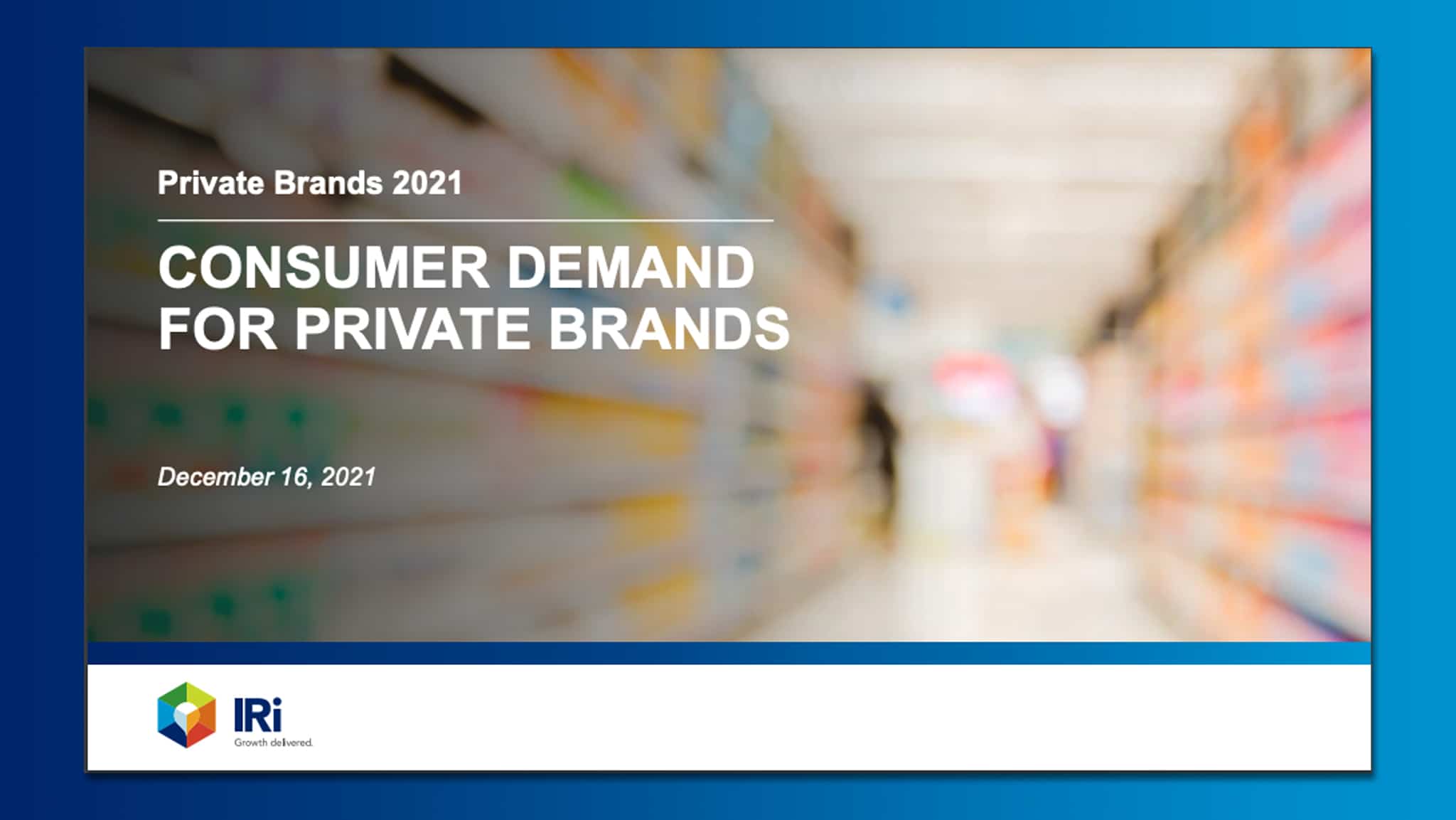
The latest report from IRI takes a look a the changing demand for Retail Brands (private brand). Consumers have historically gravitated to store brands in challenging economic times, but private label products aren’t outpacing their name brand counterparts today. This report provides an update on this surprising store brand landscape. It also identifies retailer opportunities to increase demand for their own-brand and private label offerings and embrace the true power of these high-margin, high-potential products.
Highlights:
- After decades of growth, private brands have lost share in recent years and throughout COVID-19.
- Supply challenges have affected on-shelf availability of many private brand products.
- Private brand loyalists tend to be older and shopping for larger households.
- Stimulus dollars and reallocation of household budgets have spurred consumers to elevate in-home consumption with more premium purchases and new flavor experimentation.
- The fastest-growing edible private brand categories are snacking and convenience. In nonedible, haircare dominates.
- The most successful store brand programs function similar to CPG companies and focus on packaging, promotions, placement and price.
- E-commerce can boost private label sales in several ways.
- Store brands are trip drivers and should reflect the store’s mission and strengths.
- Trust is a key purchase driver for private brand loyalists and retailers can leverage this to encourage trial of other store brand options.
- The dollar channel is growing its presence and commitment to private brands.
There are several best practices retailers can tap into to win in this space.
Related Incites
2025 EVENTS
TICKETS, SPONSORSHIPS & EXPO BOOTHS NOW AVAILABLE







